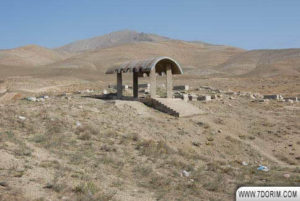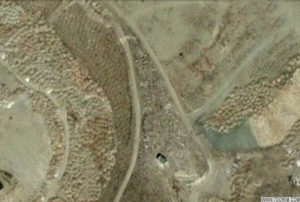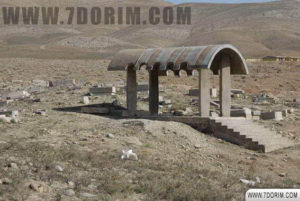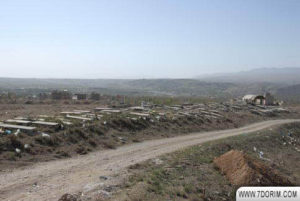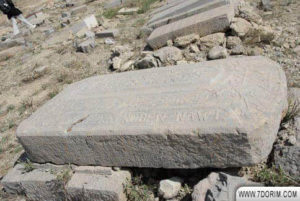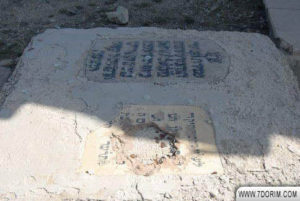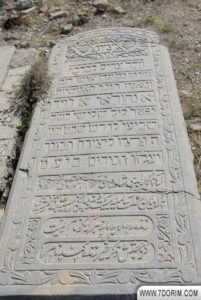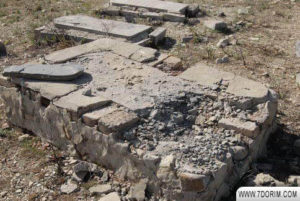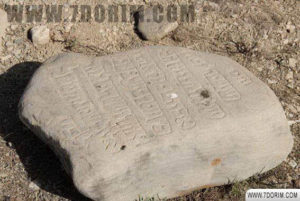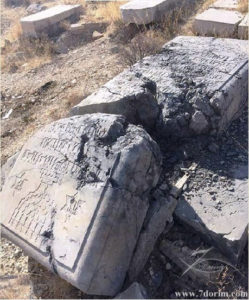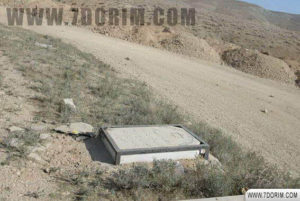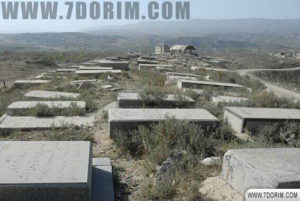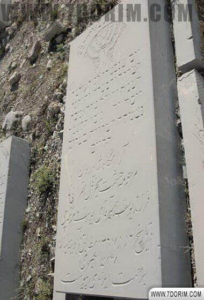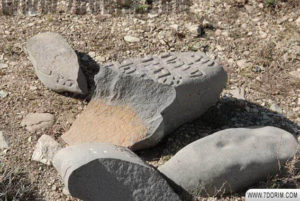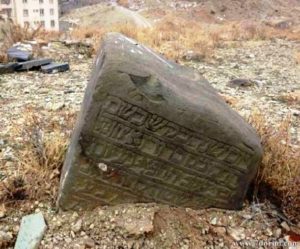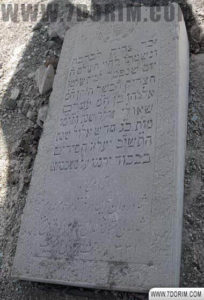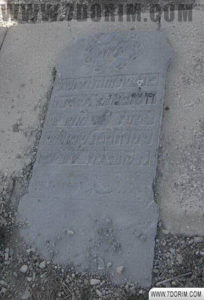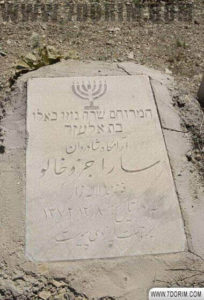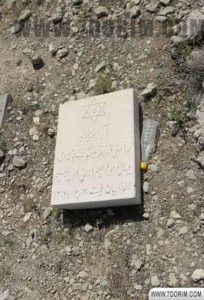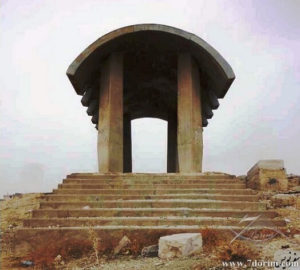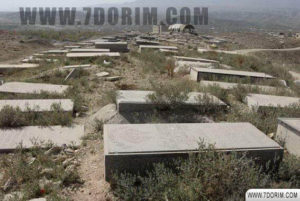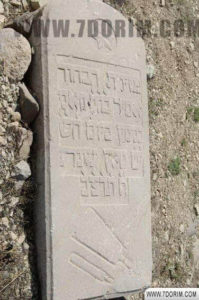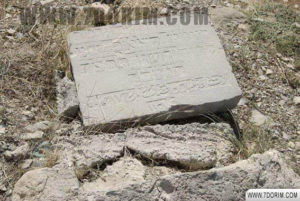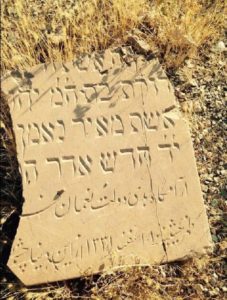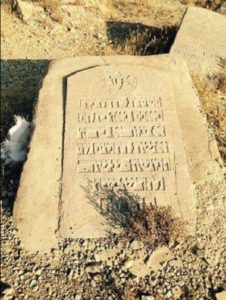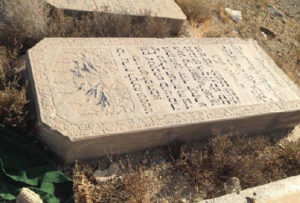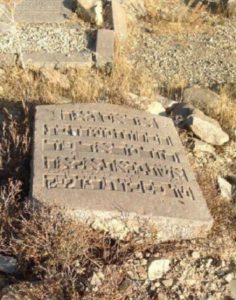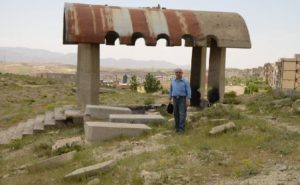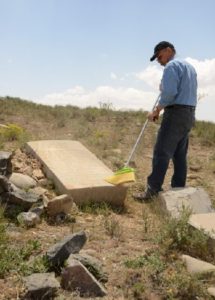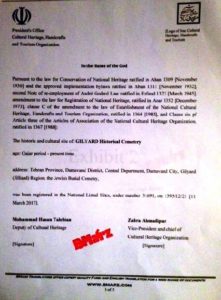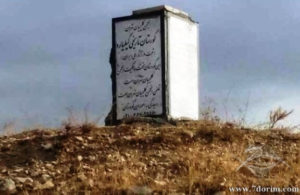Ancient Jewish Presence in Iran
Evidence from ancient Jewish texts and oral traditions indicate that Jews have a past in Iran that goes beyond 2,700 years. These historical evidence include ancient and cultural sites, particularly the presence of prophet tombs throughout Iran, such as the tomb of Daniel in Shush, Esther and Mordechai in Hamadan, Serah Bat Asher in Isfahan, and Habakkuk in Tuyserkan.
The first Jewish settlement in Iran
Following the destruction of the First Temple (Beit Hamikdash) by Nebuchadnezzar, the Babylonian king, Jews were exiled to areas under his control in southern Iraq and present-day Iran.
Following Cyrus’ victory and the liberation of the exiles, Jews were allowed to either return to their homeland (Jerusalem), remain where they were, or migrate to any other place they wished. Some tribes chose to return and rebuild the Second Temple (Beit Hamikdash), which was now under Achaemenid rule. Other tribes remained, and some others moved to Pars (Persia), present-day Iran.
The Settlement of Jews in Giliard
According to available evidence and historical research, the history of the first Jewish settlement in Giliard of Damavand dates back to the period of their forced exile (Galut) in 3368 Hebrew Calendar.
The Giliard Cemetery, also known as Gilard or Jilard, is located on a hill overlooking the Gilavand road leading to Damavand, northwest of the village of Gilavard. It covers an area of 137,500 square meters and lies at 52 degrees longitude, 35 degrees latitude, and an elevation of 1,982 meters above sea level.
Historically, Jews have referred to this town as Gil’ad. Gil’ad is the name of a city in northern Israel (Gilead). According to one account, the first Jewish immigrants to this region (i.e. Damavand) were from Gil’ad (Israel).
The Original City of Gil’ad in Israel
In Hebrew culture, the word “Gil’ad” is considered to mean “eternal pillar” or “monument”. It is also the name of a land, part of which is nowadays in eastern Israel and another part in Jordan. The city is located east of the Jordan River and extends from the Sea of Galilee in the north to the Dead Sea in the center, forming part of the suburbs of Irbid, Jordan’s second-largest city, after Amman, the capital. It is also an entirely agricultural region.
Gilead is located on the southern slopes of the Gilead Mountains, and Arabs use the word “Jil’ad,” which is considered to mean “hard and strong rock”, which could certainly indicate the mountainous nature of the region.
The Torah also mentions a person named Gil’ad (third generation of Prophet Joseph) and the tribe of Gil’ad in several verses.
- Numbers, Parashat Mas’ei, Chapter 33
The paternal leaders of Gil’ad’s children – who was the son of Makir son of Manasseh from the tribe of Joesheph’s children – went to the presence of Moses and spoke with him.
- Numbers Parashat Pinchas Chapter 26
The descendants of Manasseh: the family of the Machirites from Machir and Machir’s son was Gilead; the family of the Gileadites from Gilead.
The Giliard Cemetery
The Giliard Cemetery consists of two parts – an old and a relatively new one. The old section is located in the southeast, and the new section is located to the north, extending from the old section.
Tombstones
The oldest tombstone in the new section dates back to 1925. All graves are oriented east-west and the stones used for each grave typically exhibit monolithic geometric shapes like cubes and cuboids. Some have weathered, losing their original shape and taking on a new semi-cylindrical form due to erosion. The tombstones are primarily constructed from graphite, mostly consisting of a single horizontal slab, although some others feature two perpendicular slabs.
Most tombstones feature a Hebrew inscription at the top margin, often accompanied by images of the seven branches of the menorah or the Star of David below the inscription. Engraved in both Hebrew and Persian script are the name, father’s name, surname, and date of death of the deceased. Some stones are decorated with flower carvings on the side, while others maintain a simpler, unadorned appearance. The dimensions of the stones vary from a maximum length of 2 meters to 75 centimeters.
The large number of graves in the Giliard Cemetery is a clear indication that Jewish citizens have lived in this area for centuries and have even formed a large and significant population.
The disappointing situation of Giliard Cemetery
Undoubtedly, with their deep-rooted cultural and historical ties, the Jewish community has played a significant role in the development of a flourishing civilization in this region. Nevertheless, today, very few Jews reside or visit Damavand. Until recently, occasionally, upon the request of the deceased, their bodies were transferred from Tehran to Giliard and buried in this cemetery. But nowadays, what is clear is that the Giliard Cemetery is currently in an unsuitable condition.
Owing to a prohibition for the cemetery’s use, neglect, insufficient maintenance, and the rise of irregularities, the cemetery has transformed into a neglected and aged burial ground. Tombstones lay shattered and strewn about, while the southeastern and eastern corners of Giliard Cemetery have devolved into dumping sites for trash, soil, debris, and construction materials. Furthermore, the adjacent agricultural lands are steadily being acquired, hinting an imminent integration into the urban landscape with the forthcoming construction of buildings. To safeguard this historical legacy, there are plans underway to erect a protective wall around the cemetery.
To view and search for graves, click on the facing button.

Your help
The 7Dorim site is an independent and non-profit cultural research and study center, without a doubt this goal will not be possible without your material and spiritual cooperation.


 فارسی
فارسی